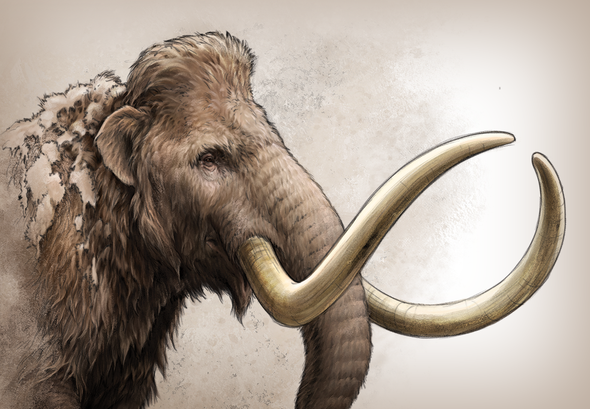Chemical analyses showed an individual mammoth made an epic journey across Alaska

Mammoths are among the best-known inhabitants of the last ice age. Fossils usually offer a static snapshot of an animal’s life, but researchers recently used one to track every place a male mammoth traveled from birth to death. By analyzing the chemicals in a 17,100-year-old tusk, scientists found the mammoth walked far enough to loop around the world twice—likely in search of food and a mate.
“Tusks are like time lines,” adding layers each year that contain chemicals from the environment, says Matthew J. Wooller, a paleoecologist at the University of Alaska Fairbanks. He and his colleagues sliced a five-and-a-half-foot-long tusk in half, then measured chemical ratios in each layer to re-create the mammoth’s itinerary. Over 28 years the animal walked nearly 80,000 kilometers across what is now Alaska. The team plans to apply the same technique to more tusk fossils in the future. “We have hundreds,” Wooller says.

This article was originally published with the title “Mammoth Travels” in Scientific American 325, 6, 76 (December 2021)
doi:10.1038/scientificamerican1221-76

